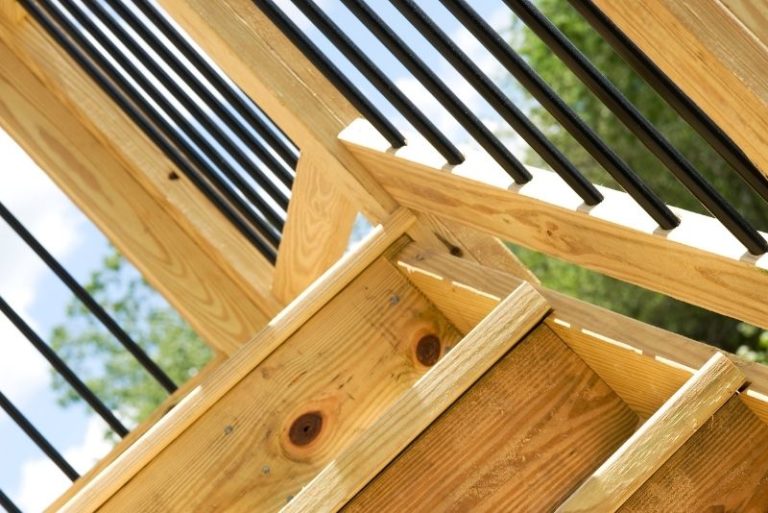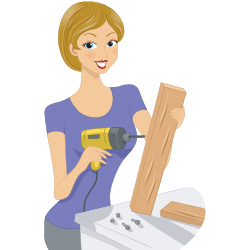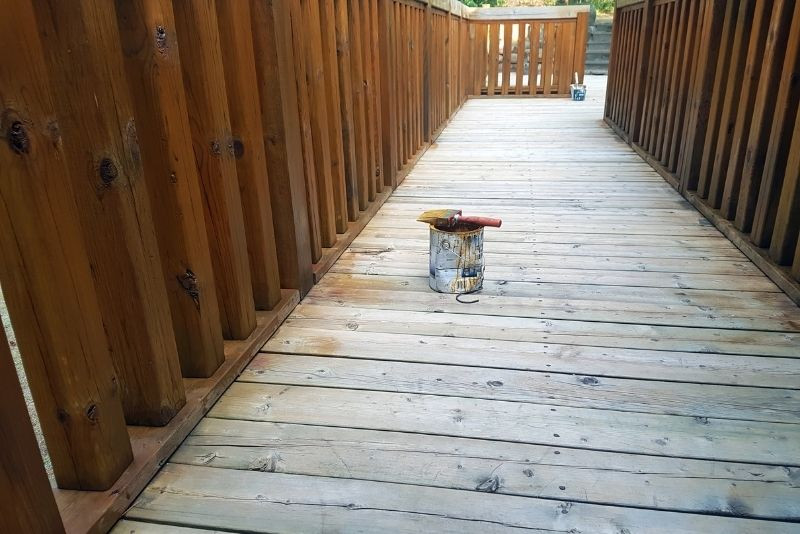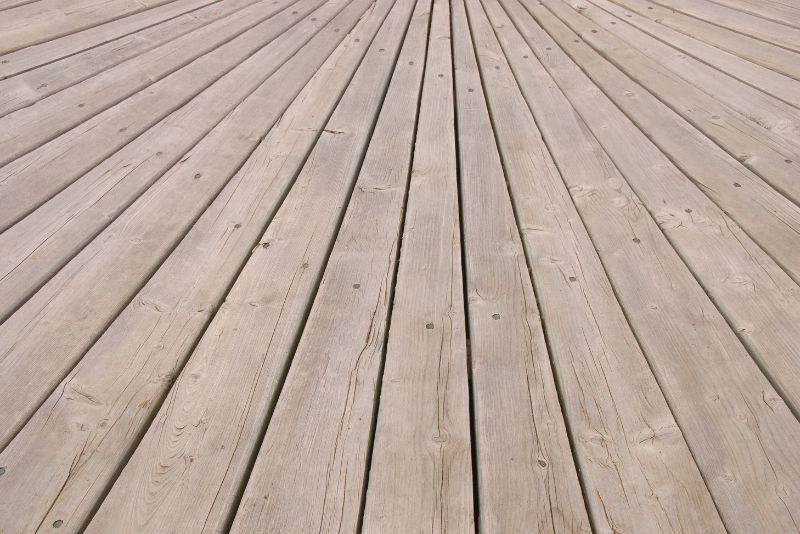Deck Danger Signs: Critical Warning Signals That Demand Immediate Action
Wyoming, Australia - September 29, 2025 / Decking Central Coast /
Your deck is more than just an outdoor space – it's where family barbecues happen, where morning coffee tastes better, and where memories are made. But like any part of your home, decks need regular attention to stay safe and functional. Ignoring the warning signs can lead to costly repairs, dangerous accidents, or even complete deck failure.
Most homeowners don't think about deck safety until something goes wrong. The good news is that decks usually give plenty of warning before major problems occur. Knowing what to look for can save you thousands of dollars and, more importantly, keep your family safe.

Structural Red Flags: When Your Deck's Foundation Is Compromised
The foundation of your deck is its most critical component, yet it's often the most overlooked. Start by checking the posts and footings that support your entire deck structure. Look for posts that appear to be leaning, sinking, or sitting in standing water. These issues suggest foundation problems that need immediate attention.
Concrete footings should be solid and crack-free. If you notice chunks of concrete missing or significant cracking, your deck's stability could be at risk. Also, check where the deck attaches to your house – this connection point, called the ledger board, should be firmly secured with proper hardware. Any gaps, pulling away from the house, or visible water damage in this area requires professional evaluation.
Support beams underneath your deck should be straight and firmly connected. Sagging, cracking, or visibly damaged beams are serious safety concerns that won't improve with time.

Surface-Level Warnings: Spotting Decay Before It Spreads
The deck boards you walk on every day tell an important story about your deck's overall health. Soft spots that feel spongy underfoot often indicate water damage or rot beneath the surface. Press down on suspicious areas – healthy deck boards should feel solid and stable.
Look for boards that are splitting, warping, or cupping. While minor surface cracks might just be cosmetic, deep splits or boards that are pulling apart from their fasteners create safety hazards and trip risks. Dark stains or discolouration that won't clean off with regular washing often signal moisture problems or early decay.
Missing or loose deck boards are obvious problems, but also check for boards that bounce or flex more than they should when you step on them. This movement suggests issues with the underlying support structure.
Railing and Stair Safety: Critical Points That Can't Be Ignored
Railings and stairs get heavy use and face constant exposure to weather, making them vulnerable to safety issues. Test your railings by gently pushing and pulling on them – they should feel rock-solid. Any wobbling, loose connections, or railings that move when pressure is applied need immediate attention.
Check railing height as well. Most building codes require railings to be at least 36 inches high, and some areas require 42 inches. If your railings are too short, you may have a safety issue and a potential code violation.
Stairs deserve special attention since they're high-traffic areas. Look for steps that feel bouncy or unstable, handrails that wiggle, or gaps between steps that have grown larger over time. Loose or missing stair fasteners create serious trip hazards.
Hardware Failures: Loose Connections That Can't Be Ignored
The metal connections holding your deck together work hard every day. Screws, bolts, nails, and brackets can loosen over time due to weather changes, settling, and regular use. Walk around your deck and look for fasteners that are pulling out, rusting heavily, or missing entirely.
Pay special attention to joist hangers – the metal brackets that support your deck boards. These should be firmly attached with all nail or screw holes filled. Missing fasteners or bent hangers compromise your deck's structural integrity.
Flashing around the ledger board (where your deck meets the house) prevents water damage but can fail over time. Look for gaps, rust, or areas where water might be getting behind the flashing and into your home's structure.
Age-Related Concerns: When Time Catches Up with Your Deck
Even well-maintained decks show their age eventually. If your deck is over 15 years old, it deserves extra attention and more frequent inspections. Older decks may not meet current building codes, especially regarding railing height, stair dimensions, or structural connections.
Wood decks are particularly susceptible to age-related issues like rot, insect damage, and fastener deterioration. Composite decking lasts longer but can still develop problems with fading, expansion and contraction issues, or connection failures.
Consider the maintenance history of your deck as well. Decks that haven't received regular cleaning, staining, or sealing are more likely to develop problems earlier than well-maintained structures.

Don't Wait for Disaster
Deck safety isn't something to gamble with. If you've noticed any of these warning signs, it's time for a professional evaluation. Decking Central Coast specialises in comprehensive deck inspections and can identify potential problems before they become expensive emergencies. Their experienced team knows exactly what to look for and can provide honest assessments of your deck's condition.
Remember, addressing small problems now is always less expensive than dealing with major structural failures later. Contact a professional deck inspector today – your family's safety is worth the investment.

Contact Information:
Decking Central Coast
3/8 Akora Road
Wyoming, NSW 2250
Australia
Betty Greyson
+61 2 4003 6404
https://deckingcentralcoast.com.au/



